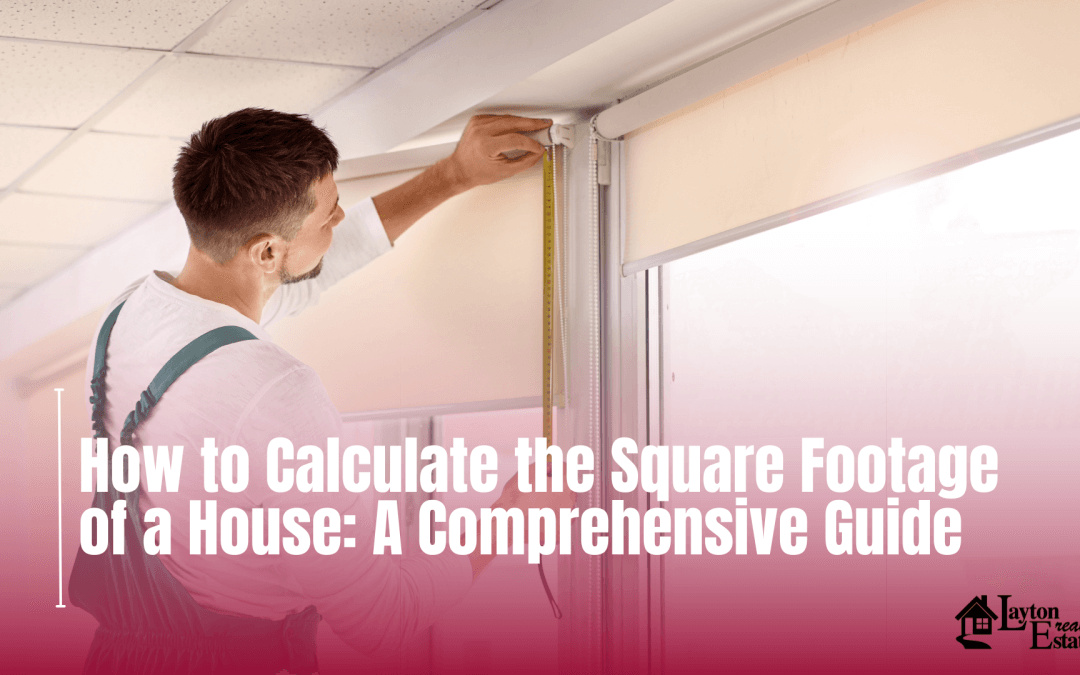Have you ever looked at a space and wondered how much paint you would need to cover the walls or how much grass seed is required for your lawn? Knowing how to calculate area is incredibly useful for everyday situations, from home improvement projects to professional tasks. The concept of area can be applied to different shapes and dimensions, each requiring its own method of calculation. Whether you’re planning a new garden layout, fitting flooring, or just satisfying a curious mind, understanding the concept of area is practical and empowering.

Rectangles and Squares
Calculating the area of rectangles and squares is one of the most fundamental skills in geometry. These shapes are everywhere, from your computer screen to the tiles on your floor, and knowing how to measure their area is incredibly useful.
Detailed Steps:
- Identify the length and width of the rectangle or square. The length is typically considered the longer side, while the width is the shorter side.
- Place your measuring device at one end of the length and measure to the other end. Write down this number.
- Repeat the process for the width.
- Multiply the length by the width. In mathematical terms, this is expressed as Area = Length x Width.
- Record your final answer in square units. The unit of measure will be based on what unit you measured in (such as meters, feet, or inches).
Summary:
This method is straightforward, requiring only multiplication. It’s an easy process perfect for those starting to learn about area. However, accuracy in measurement is crucial; an incorrect measurement could lead to a wrong area calculation.
Circles
When it comes to round shapes like circles, calculating area might seem more challenging but can be approached with a simple formula that incorporates the mathematical constant π (pi).
Detailed Steps:
- Measure the radius of the circle, which is the distance from the center of the circle to any point on its edge.
- Square the radius by multiplying it by itself.
- Multiply the squared radius by π (pi). The value of π is 3.14159, but for most calculations, you can use the rounded figure of 3.14 or use the π button on your calculator.
- Write down the result. This is the area of the circle, expressed in square units.
Summary:
This formula is elegant and universal for all circles but requires familiarity with π (pi). Calculations can become complex without a calculator, especially when striving for precision.
Triangles
Triangles have a myriad of applications and can be found in art, architecture, and nature. Knowing how to determine the area of a triangle is a valuable skill.
Detailed Steps:
- Measure the base of the triangle, which is one of its sides.
- Measure the height, which is the perpendicular line from the base to the opposite vertex (corner).
- Multiply the base by the height.
- Divide the result by two, as the formula is Area = x Base x Height.
- Record the final answer in square units.
Summary:
This formula’s simplicity allows for quick calculations and is particularly effective for right-angled triangles. However, finding the height can be challenging in non-right-angled triangles, potentially complicating the process.
Trapezoids
The area of trapezoids, with their unique pair of parallel sides, can also be calculated using a specific formula combining averages and heights.
Detailed Steps:
- Measure the lengths of the two parallel sides, known as the bases.
- Calculate the average of these two lengths by adding them together and dividing by two.
- Measure the height of the trapezoid, which is the perpendicular distance between the parallel sides.
- Multiply the average of the bases by the height to obtain the area.
- Note the result in square units, which is the area of the trapezoid.
Summary:
This method requires some preliminary math to find the average length of the bases but remains a straightforward calculation. Accuracy is again essential for correct area computation.
Parallelograms
Parallelograms are similar to rectangles in that they have opposite sides that are equal in length, but their sides are slanted.
Detailed Steps:
- Measure one of the bases (either of the parallel sides).
- Find the perpendicular height, which is at a 90-degree angle to the base, not the slanted height.
- Multiply the base by the perpendicular height to find the area.
- Write the calculated area in square units.
Summary:
This formula’s simplicity harbors potential mistakes in identifying the correct perpendicular height. Accuracy is critical for valid results.









